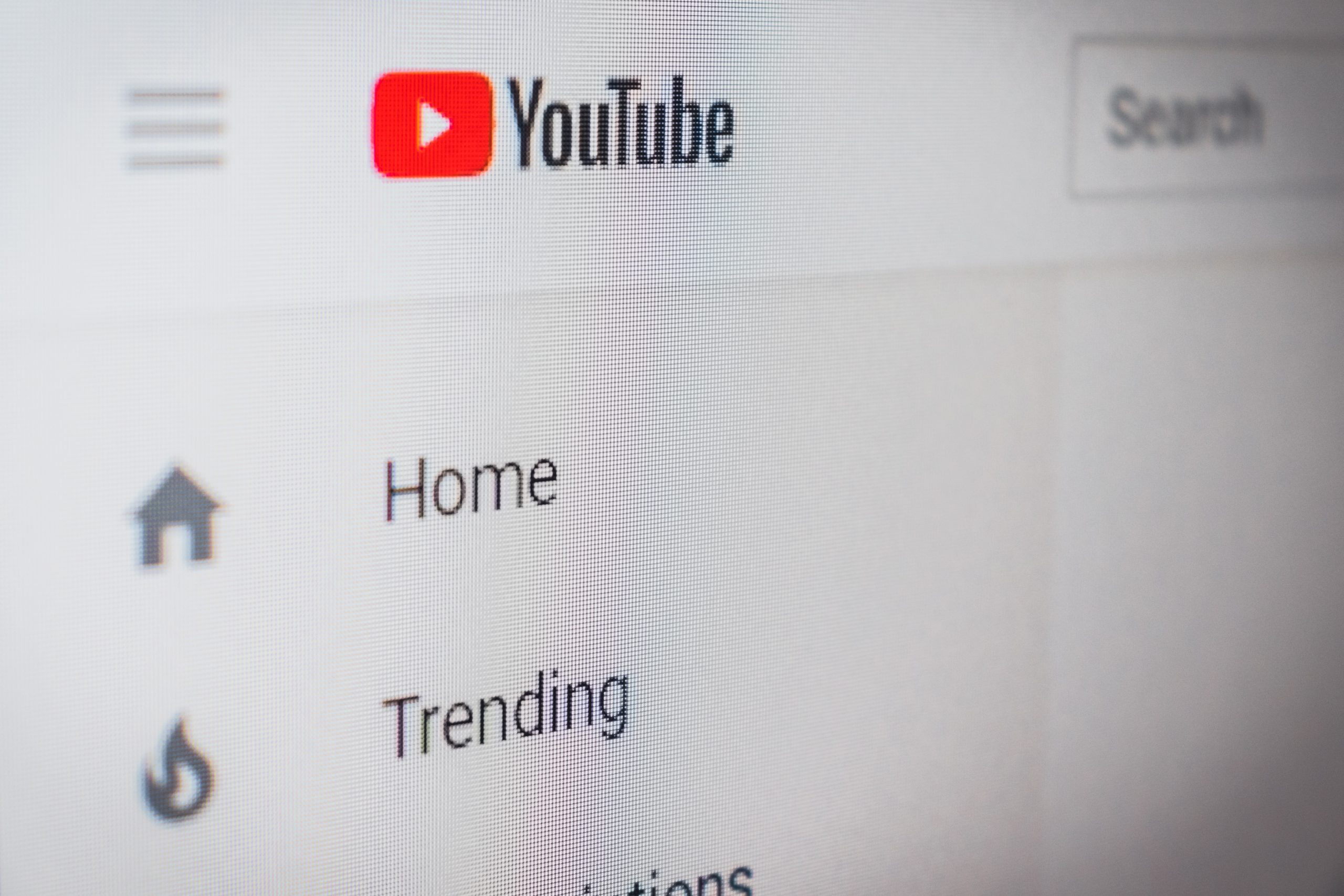Have you ever found yourself impatiently waiting for the Skip Ad button to appear on a YouTube video? Or perhaps you’ve wondered if those few seconds of ad avoidance actually make a difference in the pockets of your favorite YouTubers? Well, you’re not alone. In this article, we delve into the intriguing world of YouTube advertising and answer the burning question: do YouTubers get less money if you skip ads? Prepare to be surprised by what we uncover.
The impact of ad-skipping on YouTuber earnings
Ad-skipping has become a common practice among YouTube users, and it’s no secret that this behavior can have a significant impact on YouTuber earnings. While creators rely heavily on ad revenue to support their channels, the rise of ad-skipping poses a new challenge for them. It’s not just about viewers skipping ads; it’s about how this behavior affects the overall monetization strategy that YouTubers employ.
One could argue that ad-skipping doesn’t directly translate into lesser earnings for YouTubers since ads are typically served based on impressions and engagement rather than whether they’re watched in their entirety. However, advertisers value viewer attention and completion rates when determining how much they’re willing to pay for an ad slot. This means that if too many viewers skip the ads, advertisers may be less inclined to invest in YouTube advertising, leading to fewer lucrative opportunities for YouTubers.
Another aspect worth considering is the dynamic between creators and their audience. Ad-skipping may indicate a disconnect or lack of interest from viewers towards sponsored content or traditional advertisements. This can prompt content creators to explore alternative revenue streams like brand deals, merchandise sales, or crowdfunding platforms such as Patreon. While these options allow more control over monetization for YouTubers, they also require additional effort in building partnerships and creating supplementary content outside of regular uploads.

How ad revenue is generated on YouTube
The way ad revenue is generated on YouTube is multifaceted, and it isn’t solely dependent on viewers watching the entire ad. While it’s true that YouTubers earn a portion of their ad revenue based on the number of views an advertisement gets, there are other factors at play as well. Advertisers use different types of ads on YouTube, such as skippable ads and non-skippable ads. Skippable ads can be skipped after five seconds, but whether they are viewed fully or skipped early doesn’t affect the YouTuber’s earnings. However, for non-skippable ads that need to be watched in full, creators earn money only if a viewer watches at least 30 seconds or half the total length – whichever comes first.
Additionally, factors like viewability and engagement also impact ad revenue generation. For example, if an ad is set to run before a video but the viewer leaves before it starts playing or clicks away too soon during its duration, the creator may not receive any payment for that impression. On the other hand, if a viewer engages with an ad by clicking on it or interacting with it in some way during their viewing session, this can result in higher payouts for content creators.
Do YouTubers get paid for skipped ads?
While it may seem logical to assume that YouTubers only get paid if viewers watch the entire ad, this is not necessarily the case. YouTube’s monetization system actually takes into account various factors, including ads that are skipped by viewers. While advertisers typically prefer their ads to be viewed in full, they are still willing to pay for partial views or even skipped ads, as long as their message reaches a wide audience.
YouTubers can earn money through pre-roll and mid-roll ads based on impressions rather than completed views alone. This means that even if you skip an ad after just a few seconds, the YouTuber still receives a fraction of the advertising revenue because you viewed and interacted with it briefly. However, it is important to note that longer ad viewing times generally result in higher revenue for creators.
Another interesting aspect is that YouTube’s algorithms take user behavior into account when serving ads. If users consistently skip certain types of ads or engage more with others, the platform adjusts its targeting accordingly. As a result, content creators might see changes in the type of ads being displayed to their viewers over time.
In conclusion, while skipping an ad may give the impression of denying YouTubers potential income, they do receive compensation for partial views or brief interactions with advertisements. Advertisers understand that reaching a wider audience includes those who choose to skip or exit an ad early.

The factors that influence YouTuber earnings
There are several factors that influence the earnings of YouTubers. Firstly, ad revenue is a significant source of income for most YouTubers. The amount they earn from ads depends on factors such as the number of views and clicks on the ads, as well as the level of engagement from viewers. This means that if you choose to skip an ad, not only does it lessen your own experience but also potentially reduces the earnings for the content creator.
However, ad revenue is not the only income stream for YouTubers. Many successful creators diversify their income by partnering with brands for sponsored content or by selling merchandise or products directly to their audience. These additional sources of revenue can greatly contribute to a YouTuber’s overall earnings and may not be directly affected by ad skips.
It is also worth noting that different channels have varying levels of monetization depending on their niche and target audience. Channels with high engagement rates, strong subscriber base, and specialized content often attract more advertisers willing to pay higher rates for ad placements. Therefore, skipping ads may have a greater impact on smaller channels that rely heavily on ads as compared to larger channels enjoying multiple streams of income.
The importance of viewer engagement for YouTubers
Engaging with viewers is paramount for YouTubers as it not only fosters a sense of community, but also significantly impacts their success and earnings. When viewers are actively engaged in the content, they are more likely to stay on a channel for longer durations, watch more videos, and share them with others. This increased viewer retention translates into higher watch times, which in turn boosts the YouTuber’s ad revenue.
Moreover, viewer engagement goes beyond just financial gain. It allows content creators to receive valuable feedback and suggestions from their audience. By listening to their viewers’ opinions and preferences, YouTubers can tailor their content accordingly and deliver what their audience truly wants. This creates a symbiotic relationship between the creator and subscribers, fostering a sense of trust and loyalty that keeps viewers coming back for more.
Additionally, engaging with viewers enhances the overall viewing experience by creating an interactive environment where discussions can take place in the comments section. For many YouTube creators, the comments section serves as a platform for exchanging ideas and insights with their audience. By participating in these conversations directly or through moderated discussion forums, YouTubers deepen connections with their fans while building a stronger online presence.
Overall, prioritizing viewer engagement not only benefits YouTubers’ monetary gains but also establishes meaningful relationships between creators and consumers of online content. Active participation from both sides helps foster growth within the YouTube community as well as increase visibility and opportunities for success within this digital landscape. So remember – your engagement matters!

Conclusion: Understanding the financial impact of ad-skipping
In conclusion, understanding the financial impact of ad-skipping is crucial in recognizing the complex relationship between viewers, content creators, and advertisers. On one hand, skipping ads can potentially reduce the revenue generated by YouTubers or other content creators who rely on ad placements to monetize their work. However, it’s important to note that not all ads are created equal in terms of compensation. Advertisers often pay based on metrics like view duration or engagement, meaning that a skipped ad may not result in a significant loss for the creator.
Moreover, it’s worth considering the indirect financial ramifications of ad-skipping. When viewers regularly skip ads, advertisers may become less willing to invest in online advertising altogether. This could lead to a decrease in advertising budgets allocated to platforms like YouTube and subsequently affect both content creators and viewership experiences. To minimize this potential negative outcome, some creators have turned to alternative sources of income such as brand partnerships and sponsored content collaborations.
Ultimately, while ad-skipping does pose a potential threat to YouTubers’ earnings on paper, its true financial impact is multifaceted and varies depending on various factors. As consumers continue to demand more control over their viewing experiences and platforms explore new monetization strategies, understanding these dynamics becomes increasingly important for all parties involved – from content creators striving to earn a living doing what they love to advertisers aiming to reach their target audiences effectively.
